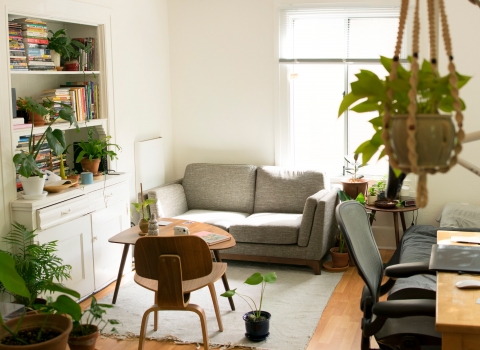Uncertainty and fear can be two big causes of anxiety and stress.
By focussing on our immediate environment and immersing ourselves in nature, you can feel calmer and more relaxed.
Wherever you are, and however far, walking and using our senses to observe the world around us can be a positive and grounding experience. Creating a routine by walking regularly can be beneficial, calming, and produce a sense of wellbeing.
Recognise your signs of stress
Learn to recognise signs of stress in your own body. Create a little check list before you set off:
- Are my shoulders tense and hunched?
- Is my breathing short and shallow?
- Am I frowning?
- Am I constantly checking my phone?
If possible, leave your phone turned off, or at least on silent. This reduces the temptation to be distracted.
Stand for a moment and become aware of your body from your toes to the top of your head.
- Shake out one leg, then the other, for a few seconds
- Form a fist, then relax, a few times
- Shrug your shoulders up and down
- Shake out your arms
- Close your eyes and slowly take several deep breaths - in through the nose, out through the mouth

